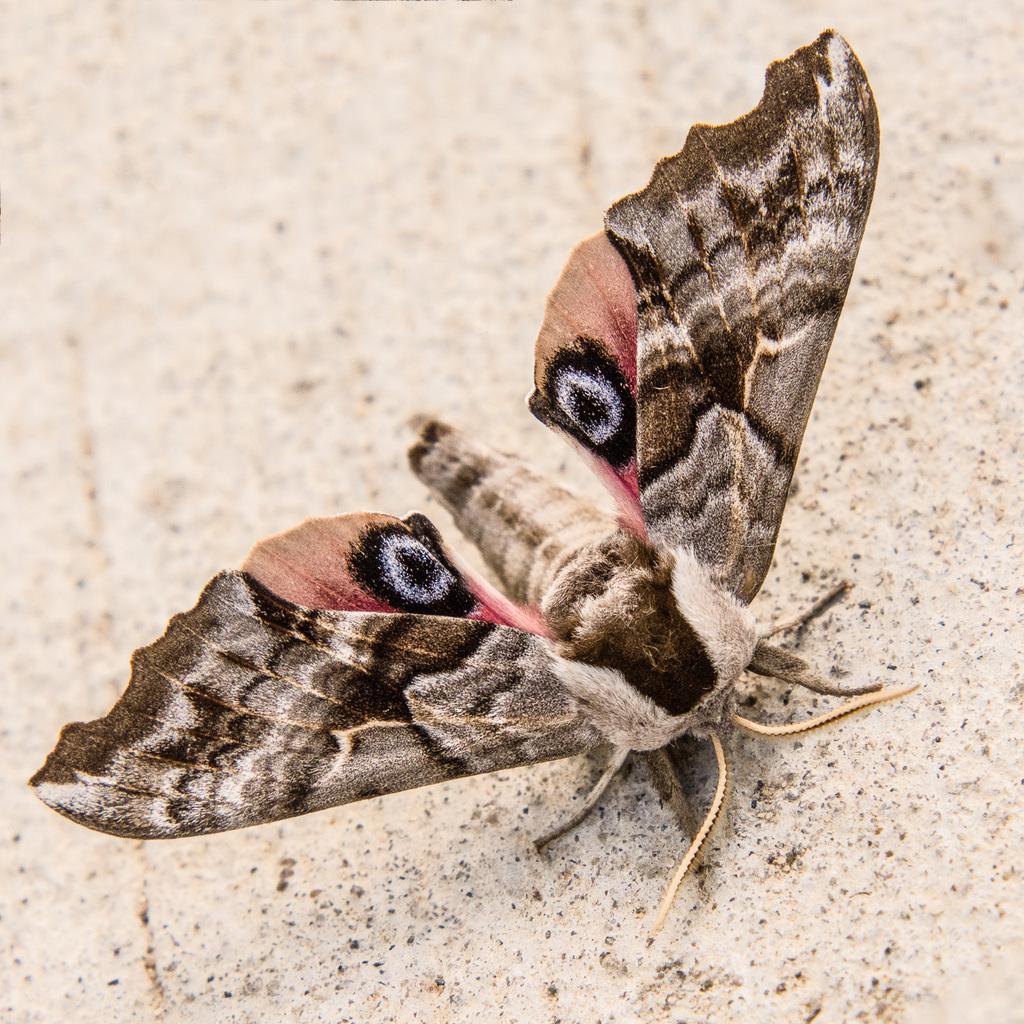Sphinx, Clearwing, Hornworm
Hawk Moths fly and move like hummingbirds and can be seen hovering in front of a flower while they unfurl their long tongue (proboscis) and insert it in the flower to sip the nectar. They fly and feed at dusk or sometimes during the day. They are most active in summer when phlox, monarda (bee balm), honeysuckle, and verbena are in bloom.
While the moth drinks, its proboscis picks up pollen, which will then be passed along to the next plant it visits. Hawk Moths can travel long distances, further than birds or bees, so the next plant visited could be more than 18 miles away. They’re important pollinators of many native plants.
There are 4 species of Hawk Moths in North America. They have fast-beating wings and a furry, broad body and can be found in gardens, meadows, and near forests across Canada and the United States.
The caterpillars are green with a horn at the rear end. They rely on honeysuckle (Twinberry Honeysuckle, Twining Honeysuckle), hawthorn, cherry, and plum trees for food.
Did you know? When the caterpillars are fully grown, they drop to the ground, spin a loose cocoon, and overwinter under leaf litter.
See Also: Admiral Butterfly, Azure Butterfly, Banded Woolly Bear Caterpillar, Cabbage White, Clouded Sulphur, Compton Tortoiseshell, Great Spangled Fritillary, Monarch Butterfly, Mourning Cloak, Painted Lady, Tent Caterpillar, Tiger Swallowtail







